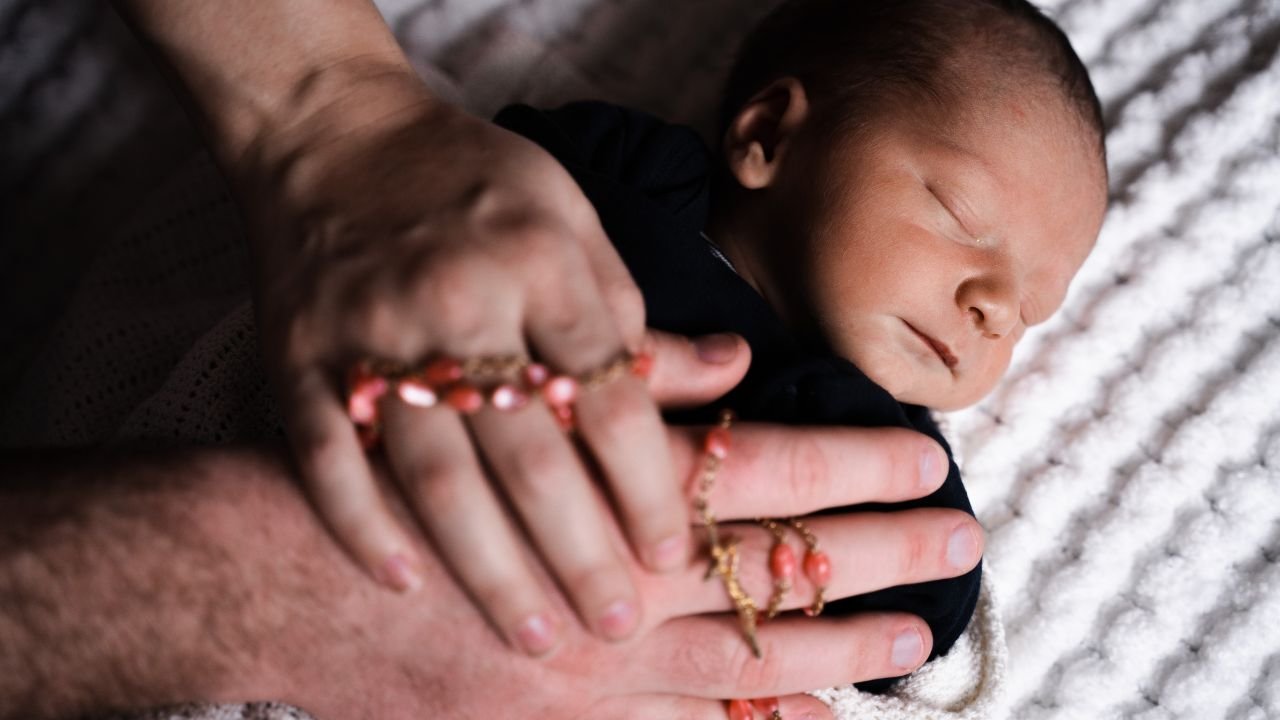In the journey of bringing a new life into this world, parents eagerly anticipate the birth of their child. However, sometimes unforeseen complications can arise during the birthing process, leading to birth problems. These challenges can range from minor issues to more complex conditions that require immediate medical attention. In this article, we will explore some common birth problems, their causes, and available treatment options.
1. Premature Birth
Premature birth, also known as preterm birth, occurs when a baby is born before the completion of 37 weeks of gestation. This can result in various complications, as the baby may not have had enough time to fully develop. Factors that can contribute to premature birth include multiple pregnancies, certain infections, chronic conditions such as high blood pressure or diabetes, and lifestyle choices such as smoking or drug use.
Treatment for premature birth depends on the severity of the situation. In some cases, the baby may require specialized care in a neonatal intensive care unit (NICU) until they are strong enough to thrive outside the womb.
2. Low Birth Weight
Low birth weight is another common birth problem, where a baby weighs less than 2,500 grams (5.5 pounds) at birth. This can occur due to premature birth or when the baby fails to gain adequate weight during pregnancy. Low birth weight babies may face challenges such as difficulty regulating body temperature, increased risk of infections, and developmental delays.
To address low birth weight, healthcare providers may recommend interventions such as nutritional support, close monitoring, and specialized care to ensure the baby receives the necessary nutrients and reaches a healthy weight.
3. Birth Injuries
Birth injuries can occur during labor and delivery, and they can range from minor to severe. Some common birth injuries include brachial plexus injuries (damage to the nerves controlling the arm and hand), fractures, and head trauma. These injuries can happen due to factors such as prolonged labor, the use of forceps or vacuum extraction, or abnormal positioning of the baby during delivery.
Medical professionals carefully assess birth injuries to determine the best course of treatment. Treatment options may include physical therapy, medication, or, in severe cases, surgery.
4. Genetic Disorders
Genetic disorders are conditions that are present at birth and are caused by abnormalities in an individual’s genes or chromosomes. These disorders can affect various aspects of a child’s development, including physical characteristics, intellectual abilities, and overall health. Some well-known genetic disorders include Down syndrome, cystic fibrosis, and sickle cell anemia.
Diagnosing and managing genetic disorders often requires a multidisciplinary approach involving genetic testing, counseling, and specialized medical care. Early intervention and ongoing support can significantly improve the quality of life for children with genetic disorders.
5. Congenital Heart Defects
Congenital heart defects are structural problems with the heart that are present at birth. These defects can range from mild to severe and can affect the heart’s valves, walls, or blood vessels. Some congenital heart defects may not require immediate treatment, while others may require surgery or other interventions to correct the issue.
A team of pediatric cardiologists and cardiac surgeons work together to diagnose and treat congenital heart defects. Early detection and appropriate medical care can greatly improve the long-term outcomes for children with these conditions.
Conclusion
While birth problems can be a source of concern for parents, it is important to remember that many of these challenges can be effectively addressed with proper medical intervention and support. Early detection, timely treatment, and ongoing care play crucial roles in ensuring the well-being and development of infants facing birth problems. By working closely with healthcare professionals, parents can navigate these challenges and provide the best possible care for their child.




